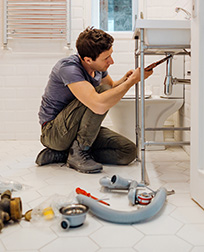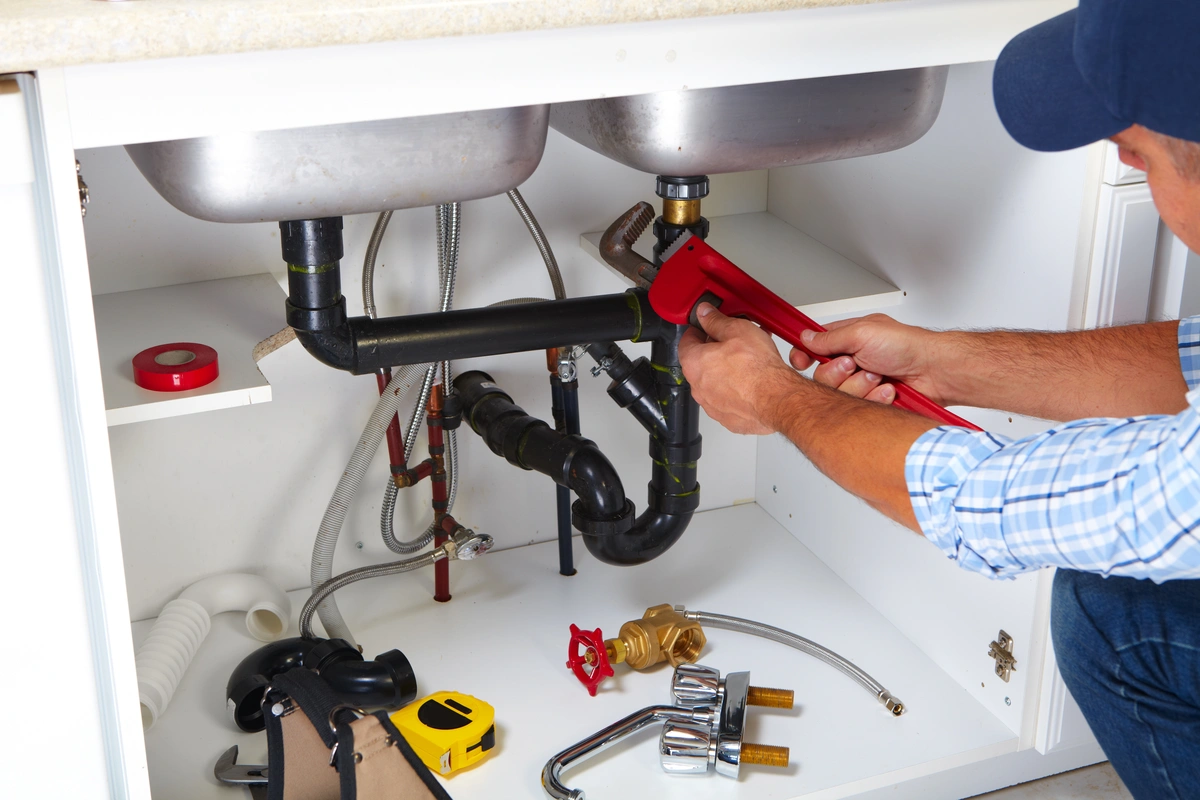Rapid and Effective Drain Cleaning Alabaster AL Services Available
Rapid and Effective Drain Cleaning Alabaster AL Services Available
Blog Article
A Step-by-Step Guide to Efficient Hot Water Heater Installment for Optimal Efficiency
Starting the task of setting up a water heater is a venture that requires precision and an organized strategy for attaining ideal performance. The process begins with the important choice of selecting the appropriate heating system customized to the certain demands of your household, taking into consideration variables such as energy, dimension, and type resource. When picked, preparing the setup area to fulfill security standards is critical. Nevertheless, the journey does not end right here. As you proceed, the intricacies of linking water supply lines and setting up dependable electrical or gas connections await, encouraging insights into making certain performance and reliability.
Selecting the Right Hot Water Heater

Following, consider the dimension and ability of the water heater. It's vital to assess your household's warm water needs, which can differ based on the variety of owners and their use patterns. An unit that's also little might cause not enough warm water, while a large design may cause unneeded power usage.
Effectiveness scores also play a critical duty in option. Try to find hot water heater with high Energy Variable (EF) ratings, showing premium performance and decreased power usage. Tankless models, though typically a lot more pricey ahead of time, deal significant energy financial savings in time due to their on-demand home heating capabilities.
Preparing the Installment Area
Prior to installing a brand-new water heating unit, precise prep work of the installment location is crucial. This ensures a smooth installation process and aids prevent future problems (Plumber Alabaster AL). Begin by selecting an appropriate area that follows local building ordinance and security requirements. The area needs to be dry, well-ventilated, and obtainable for maintenance. It's vital to measure the room carefully to fit the hot water heater's dimensions, making sure ample clearance around the system for effective operation and maintenance.
Check the flooring for stability, as the water heater will certainly need a strong, degree surface to run properly. If needed, mount a drip pan beneath the system to catch possible leakages or spills, avoiding water damage to the surrounding area.
In addition, make sure that all required devices and products are on hand prior to commencing the installment. This consists of items such as wrenches, screwdrivers, a level, and any type of additional hardware required for securing the heating system and placing. A well-prepared installment location establishes the structure for an effective water heater setup, maximizing performance and safety and security.
Connecting Water System Lines
When attaching water supply lines to your recently set up water heating unit, it is critical to make certain that all connections are protected and leak-free to maintain reliable procedure and protect against water damages. Begin by determining the hot and cold water system lines. The cool water inlet is commonly noted with a blue label or a "C", while the hot water outlet is marked with a red label or an "H".
Usage flexible water heating system adapters to promote a much easier setup process. Prior to attaching the connectors, put a plumber's tape around the threaded ends of the water heater's inlet and outlet pipes.
As soon as connections are in area, gradually activate the primary water system shutoff. Check each connection for leaks by aesthetically checking and really feeling for wetness. Tighten links as required, and ensure the stress safety valve is correctly installed, securing versus extreme pressure build-up.
Establishing Electric or Gas Connections
Properly establishing the electric or gas connections for your water heater is a critical action to guarantee secure and efficient operation. For electrical water heating units, begin by validating that the electric circuit is suitable with the heating unit's voltage and amperage needs. Ensure the view it power supply is shut off at the circuit breaker to avoid accidents. Connect the electrical cords to the heating unit complying with the manufacturer's electrical wiring layout. Generally, this includes attaching the ground wire to the eco-friendly terminal, and the staying cords to their matching terminals, protecting each with wire nuts.
For gas hot water heater, safety and security is critical. Verify that the gas supply is off before proceeding. Connect the gas line to the hot water heater making use of an adaptable gas connector, guaranteeing it is appropriately threaded and sealed with pipeline joint compound or Teflon tape appropriate for gas connections. Tighten up the links with a wrench, taking care not to over-tighten (Water Heater installation Alabaster AL).
As soon as connections are made, evaluate for any potential leaks. For gas lines, apply a soapy water remedy to the joints; bubbles show a leak. For electric connections, verify that all wiring is protected and effectively insulated, keeping compliance with regional electrical codes.
Checking and Readjusting for Performance
With the electrical and gas connections safely in place, the next action is examining the functional efficiency of your water heating unit. Begin by very carefully turning on the water supply and making certain there are no leaks at any of the shutoffs or joints.
Following, carry out a detailed examination to make sure the heating aspects or burner are working properly. For electrical heating units, make use of a multimeter to validate if the aspects are attracting the proper present. In gas versions, observe the burner fire; it ought to be blue and consistent, showing effective burning.
Change the setups as essential to remove inefficiencies. Take into consideration applying insulation measures, such as adding a water heating system covering, to additionally improve performance by lessening warmth loss. In addition, examine the anode pole's condition, as a shabby pole can reduce efficiency and cause container corrosion.
Conclusion
Effective water heating unit setup is critical for making sure ideal performance and energy cost savings. By picking the ideal click this site kind and dimension, and thoroughly preparing the setup area, a structure for success is developed. Firmly attaching supply of water lines and carefully setting up electric or gas links decrease prospective concerns. Extensive testing for leaks and precise thermostat adjustments to 120 ° F boost integrity and performance. Sticking to these steps advertises lasting functionality and energy conservation in household water heating unit.

Effectively establishing up the electrical or gas links for your water heating system is an essential step to guarantee reliable and risk-free procedure. For electric water heating units, begin by confirming that the electrical circuit is suitable with the heating system's voltage and amperage demands. Link the gas line to the water heater making use of a flexible gas port, ensuring it is effectively threaded and secured with pipe joint substance or Teflon tape suitable for gas connections.
Report this page